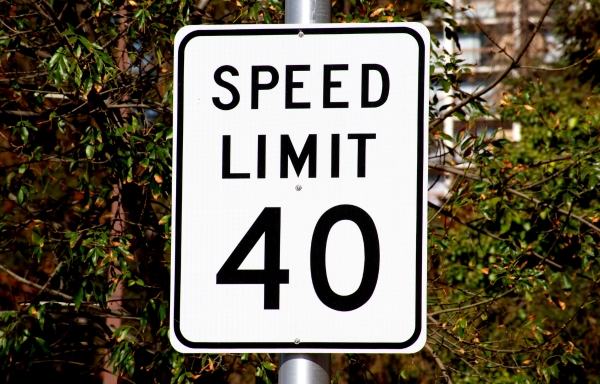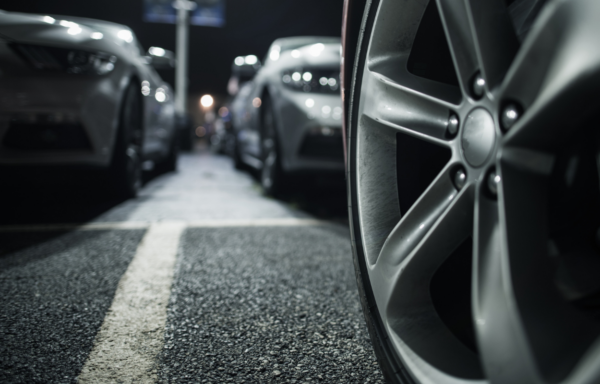Engineering Analysis of a Left-Turn Crash

A vehicle was attempting to turn left from a side street across a four-lane, two-direction roadway with a posted speed limit of 40 miles per hour. After coming to a complete stop at the edge of the roadway, the driver inched forward in order to get a clear view of approaching traffic around a large transit van that was turning right onto the side street. As the driver proceeded to accelerate into her turn, she observed a dark SUV approaching in the left lane and once again brought her vehicle to a stop—this time straddling the southbound travel lanes. A collision occurred between the front of the left-turning vehicle and the passenger side of the southbound SUV.
Surveillance videos of the subject collision were analyzed by engineers with DJS Associates, Inc. The left-turning vehicle accelerated from a stop approximately three seconds prior to the collision to a speed of over 5 miles per hour prior to braking. The approaching SUV was traveling approximately 45 miles per hour at impact.
Footage from a second surveillance camera captured the approach of the SUV. Analysis of this footage revealed that the vehicle was traveling approximately 70 miles per hour on approach to the collision. In fact, the white SUV directly behind it was also traveling approximately 70 miles per hour on the 40-miles-per-hour roadway.
One of the main questions asked in almost every reconstruction is “who created the hazard that led to the collision?” A proper reconstruction analysis begins the moment that hazard is created. For the subject collision, the left-turning vehicle created the hazard (and this would be true for any left-turning vehicle attempting to enter the main roadway from a side street) when it initiated its turn. At this moment, three seconds before the collision, the approaching SUV was over 300 feet from the point of impact.
In a scenario where the SUV had been traveling the 40-miles-per-hour speed limit when the left-turning vehicle began to accelerate, analysis established that it would have taken more than five seconds for the SUV to travel 300 feet to the collision location. Based on the dynamics of the left-turning vehicle prior to stopping, it would have cleared the southbound lanes in less than five seconds and before the SUV reached the point of impact. That is, if the SUV had been traveling the speed limit, rather than 70 miles per hour, the subject collision would not have occurred.
While left-turning vehicles always create a hazard for approaching operators, engineering analysis established that, but for the excessive speed of the SUV, the left-turning vehicle would have cleared its path prior to its arrival—and would have done so in such a way that the SUV would not have needed to adjust its travel speed in any way, had it been proceeding at the speed limit.
Bailey A. Hentz, BSAE, ACTAR
Collision Reconstruction Engineer
View all articles by Bailey A. Hentz, BSAE, ACTAR
